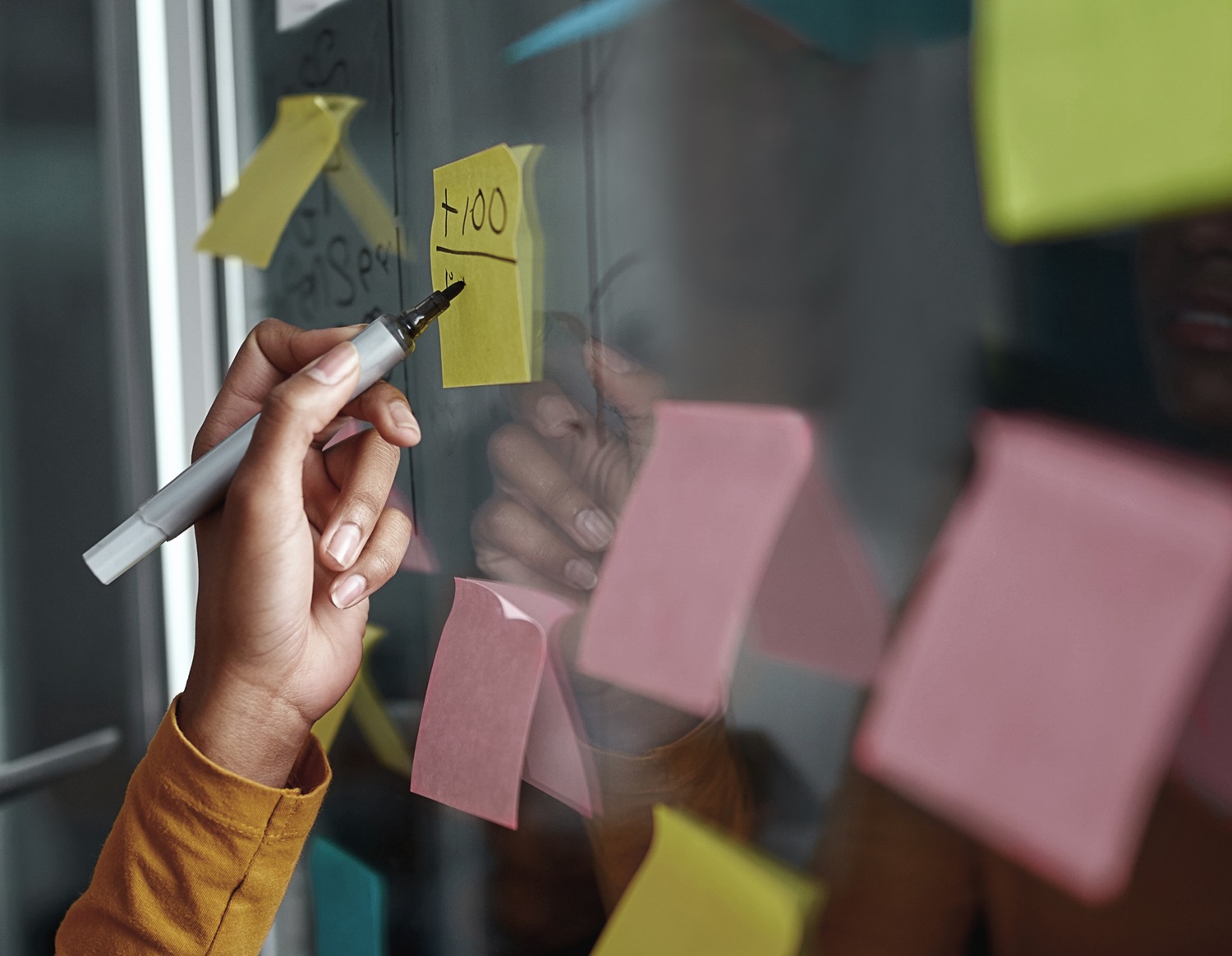The circular economy is an economic model aimed at minimizing waste and maximizing resource efficiency by keeping materials and products in use for as long as possible. This can be done in a variety of ways including, by promoting the reuse, repair, re-manufacture, and recycling of products and materials, to address environmental impacts.
Often, this aims to keep products, components, or materials at their highest value and utility for as long as possible – which as we know is the anti-thesis of capitalism. This is also why those whose values place people and planet over profit – this model is for you.
This close-the-loop approach aims to design out waste, regenerate natural systems, and promote sustainable consumption patterns. The strategies such as recycling, reusing, remanufacturing, and refurbishing to extend the life cycle of products and materials, we might be familiar with brands such as Patagonia or Fairphone, and materials such as renewable energy or biodegradable plastics from paper.
Ways small businesses can embed circular economy practices
Product Design and Innovation
Designing products with durability, reparability, and recyclability in mind requires using materials that are easy to disassemble and recycle at the end of their life cycle. For example, a furniture company could design chairs using modular components that can be easily repaired or replaced.
Example: Patagonia, a clothing company, has embraced circular economy principles by designing durable, repairable, and recyclable products. They offer repair services for their products and encourage customers to return used garments for recycling through their “Worn Wear” program.
Resource Efficiency and Waste Reduction
Optimizing resource use throughout the production process – this can involve reducing raw material waste, energy consumption, and water usage. For instance, a clothing manufacturer could implement cutting techniques that minimize fabric waste or use eco-friendly dyes to reduce environmental impact.
Example: Interface, a modular carpet manufacturer, implemented a closed-loop recycling system called ReEntry. This program collects used carpets, separates the materials, and recycles them into new carpets, reducing the need for virgin materials and minimizing waste.
Collaboration and Partnerships
Collaborating with other businesses, suppliers, and customers to exchange resources, materials, or products to extend their lifecycle. An example could be a brewery providing spent grains to a local bakery to make bread, reducing waste for both businesses.
Example: Terracycle partners with various consumer goods companies to collect and recycle hard-to-recycle materials, such as snack wrappers and beauty product packaging. This partnership allows small businesses to participate in recycling programs that they wouldn’t be able to implement individually.
Product as a Service (PaaS)
Offering products as services instead of selling them outright. This encourages businesses to design products for longevity and enables them to retain ownership and responsibility for maintenance, repair, and end-of-life disposal. For instance, a power tool company could offer tool rental services along with repair and maintenance support.
Example: Philips Lighting offers lighting as a service (LaaS) where customers pay for the service of lighting rather than purchasing the products outright. Philips retains ownership of the lighting equipment, ensuring that it’s maintained, upgraded, and recycled at the end of its life cycle.
Reverse Logistics and Take-Back Programs:
Developing efficient systems for collecting, refurbishing, and redistributing products or materials at the end of their life cycle. This could involve establishing take-back programs or partnering with logistics companies specializing in reverse logistics.
Example: Dell operates a product take-back program where customers can return old computers and electronics for recycling. Dell refurbishes usable components and responsibly recycles the rest, reducing electronic waste and promoting resource recovery.
Digital Solutions and Transparency:
Utilizing digital technologies such as blockchain for tracking and tracing materials, products, and components throughout their life cycle, enabling transparency and accountability in the circular economy supply chain.
Example: Fairphone, a smartphone manufacturer, emphasizes transparency and ethical sourcing of materials in its supply chain. They provide detailed information about the origins of each component and offer modular designs that make repair and upgrades easier, extending the lifespan of their products.
Consumer Education and Engagement
Educating consumers about the benefits of circular economy practices and how they can contribute by choosing products with longer lifespans, opting for repair services, or participating in recycling programs.
Example: The Body Shop educates consumers about sustainable beauty practices and offers a refill program for select products, allowing customers to refill their empty containers instead of buying new ones. This initiative reduces packaging waste and encourages reuse.
The Future is Green
There is a difference between people and planet over profits, and green-washing. You do not want your community or future customers to lose trust in you if your vision and marketing are unclear, inconsistent or a marketing ploy. Launching an authentically conscious and ethical brand, or product, is no easy feat. If you’re considering adopting any of these circular economy practices, small businesses, creatives and social enterprises can not only reduce their environmental impact, but also create value through resource efficiency, innovation, and customer engagement.
With an increase in environmental concerns and climate change – more customers are opting out of consumption or are pursuing genuinely green alternatives – this niche could be yours.
If you wish to Inspire, Innovate, Impact
Our Commitment
Nava Strategy – your trusted partner in helping to bridge the gap between vision and impact. We provide tailored consulting to non-profits, social enterprises, and creatives, guiding them toward sustainable growth and meaningful outcomes.

